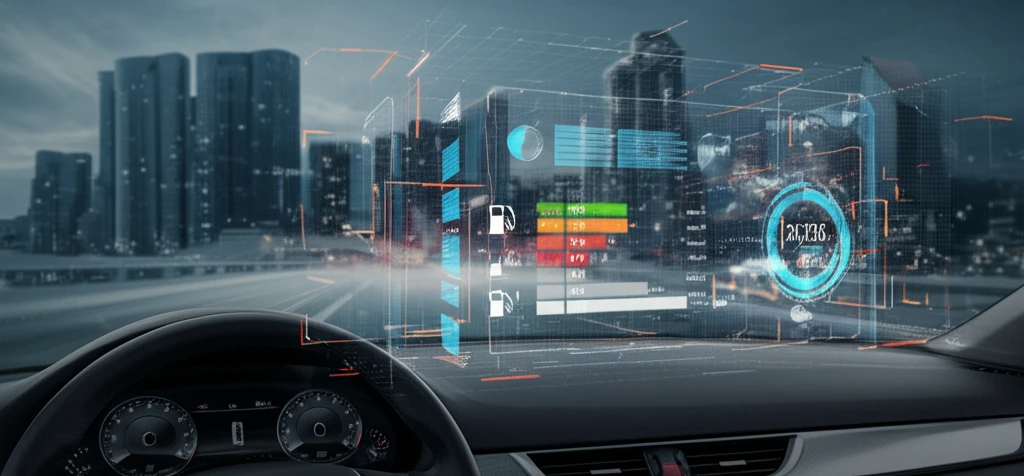
Drive Smarter, Not Harder: Can Tech Make Eco-Friendly Driving Easier?
"Explore how in-vehicle technology can promote eco-safe driving habits and whether drivers will actually use it."
The road to a greener future is paved with good intentions, but also with technological advancements. As concerns about climate change and sustainability grow, the automotive industry is under increasing pressure to reduce the environmental impact of vehicles. While electric and automated vehicles offer long-term solutions, eco-driving technologies present a more immediate and accessible approach.
Eco-driving combines techniques and technologies that minimize fuel consumption and emissions. At the heart of this approach is the idea of changing driver behavior to promote smoother, safer, and more efficient vehicle operation. In-vehicle Human Machine Interfaces (HMIs) show promise to deliver real-time advice and feedback to help drivers adopt an eco-safe driving style.
However, the success of these HMIs hinges on more than just their ability to reduce fuel consumption. Driver acceptance, workload, and the overall impact on safety are critical factors that determine whether these technologies will truly take hold. This article dives into a research study evaluating the potential of in-vehicle HMIs for eco-safe driving, exploring the delicate balance between technology, driver behavior, and environmental responsibility.
What is Eco-Safe Driving and Why Does It Matter?

Eco-safe driving refers to a driving style that minimizes environmental impact while maximizing safety. It encompasses a range of techniques, including smooth acceleration and deceleration, anticipating traffic flow, maintaining safe following distances, and adhering to speed limits. The benefits of eco-safe driving are multifold:
- Reduced fuel consumption and emissions: By driving more efficiently, drivers can significantly lower their carbon footprint.
- Improved safety: Eco-safe driving practices, such as maintaining safe following distances and avoiding sudden maneuvers, reduce the risk of accidents.
- Cost savings: Less fuel consumption translates to lower fuel costs for drivers.
- Enhanced vehicle longevity: Smoother driving reduces wear and tear on the vehicle, potentially extending its lifespan.
The Road Ahead: Integrating Technology and Driver Behavior
The study's findings highlight the potential of in-vehicle HMIs to promote eco-safe driving, but also emphasize the importance of user-centered design. Systems that provide both advice and feedback appear to be most effective in reducing fuel consumption and improving driving behavior. However, developers must carefully consider how feedback is presented to avoid overwhelming or frustrating drivers. As technology continues to evolve, the key will be creating HMIs that seamlessly integrate into the driving experience, empowering drivers to make informed decisions and adopt sustainable habits. Only then can we truly unlock the full potential of eco-safe driving for a greener and safer future.
